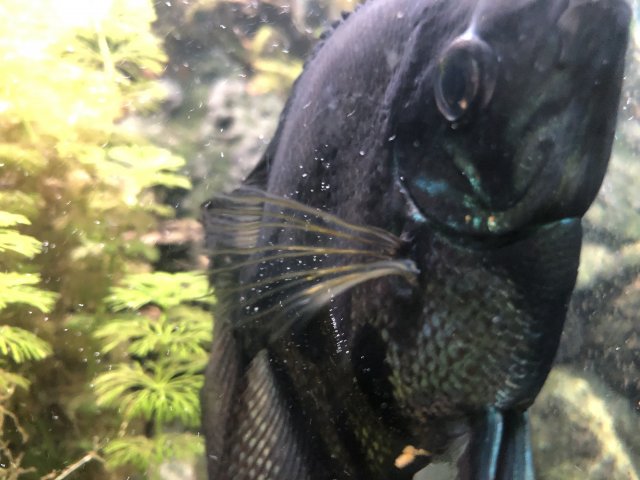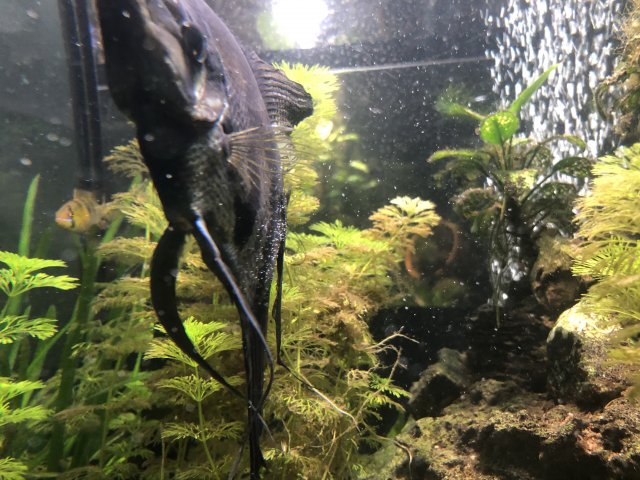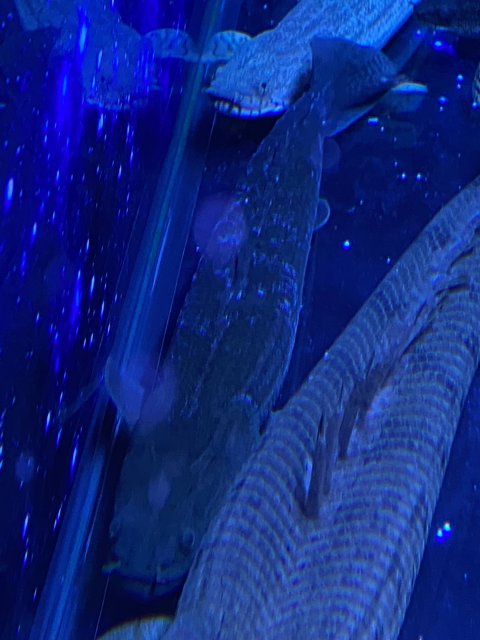- Have you tested your water?
- Yes
- If yes, what is your ammonia?
- 0
- If yes, what is your nitrite?
- 0
- If yes, what is your nitrate?
- 10-20
- If I did not test my water...
- ...I recognize that I will likely be asked to do a test, and that water tests are critical for solving freshwater health problems.
- Do you do water changes?
- Yes
- What percentage of water do you change?
- 81-90%
- How frequently do you change your water?
- Every week
- If I do not change my water...
- ...I recognize that I will likely be recommended to do a water change, and water changes are critical for preventing future freshwater health problems.
I’m not quite sure what would be causing two of my angelfish to be shedding slime coat. Both my large male and female are shedding small amount of slime coat from their bodies and fins. Almost looks like bubbles on their skin but it’s slime coat
they are eating, have clear eyes, no body wounds, and have not been fighting or causing stress to each other.
water maintenance has been regularly weekly 90% water changes, filter was cleaned with dechlorinated water approximately 2 weeks ago, nothing has changed in the tank. No new tank mates.
water is testing
0 ammonia
0 nitrites
And between 10-20 ppm of nitrates (closer to 20)
next water change is scheduled for Saturday
current tank mates, 2 other angels, plecos and cardinal tetras


they are eating, have clear eyes, no body wounds, and have not been fighting or causing stress to each other.
water maintenance has been regularly weekly 90% water changes, filter was cleaned with dechlorinated water approximately 2 weeks ago, nothing has changed in the tank. No new tank mates.
water is testing
0 ammonia
0 nitrites
And between 10-20 ppm of nitrates (closer to 20)
next water change is scheduled for Saturday
current tank mates, 2 other angels, plecos and cardinal tetras





